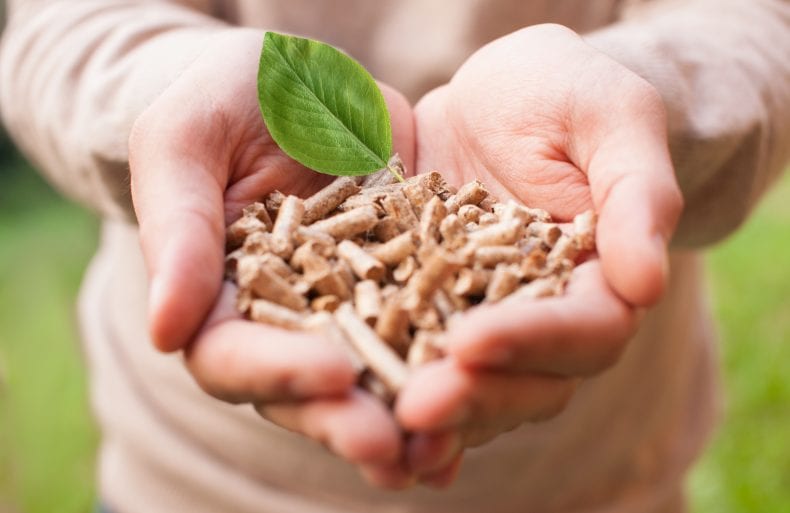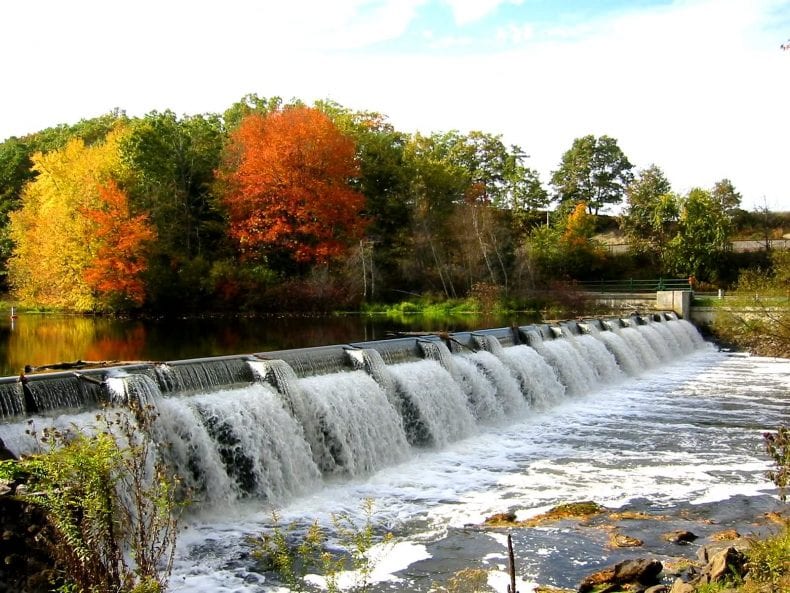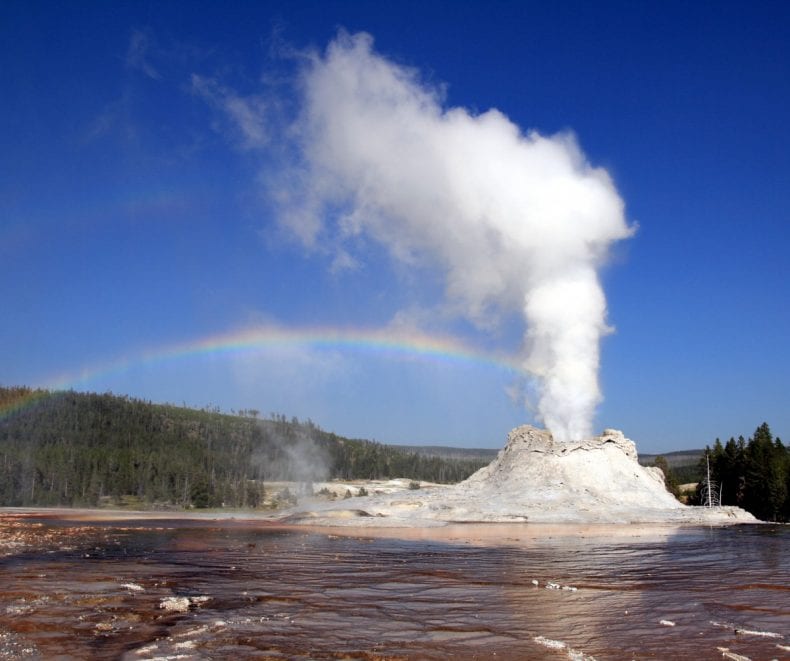The renewable, unlimited, unrestricted energy is now more relevant than ever. The planet has so much to offer, and yet we’re not using it in the way that we should. There are numerous sources we can’t use up and we need to start switching to those. It is better for us to rely on energy sources that we know are always going to be available and it’s also much better for the environment. Five of the main ones are solar, wind, biomass, hydroelectric, and geothermal. Here are some of the most important facts about those 5 energy sources.
Solar

The chances are good you have already seen solar panels on some roofs. They are becoming quite a common sight these days and for a good reason. The use of CSP, or Concentrating Solar Power technology is on the rise. Spain possesses more than 75% of the global CSP capacity, while Germany, China, Japan, Italy, and the US have the biggest PV, Photovoltaic, capacity in the world.
Clean Energy Ideas wrote about some of the main benefits of using solar power in your home. Not only can it reduce your carbon footprint, but will also reduce your energy bills.
Wind

This is another source of clean, sustainable, renewable energy. It’s one of the most environmentally friendly energy sources available today. It can reduce fossil fuel consumption, it’s free, and has a small footprint. Wind turbines can, however, present danger to the micro and macro world. If used correctly, their negative impact can be negligible compared to all the benefits that come with wind turbines.
Biomass

Biomass, such as biofuels and wood pellets are becoming more and more popular. They are used for heat and power generation. Brazil, China, Germany, Sweden, and the US are some of the leading bio-power generators. On the other hand, Poland opened in 2013 the world’s biggest 100% biomass-fueled power plant.
Corn or sugar-based ethanol is the most popular sources for biofuel, while vegetable oils, grease, and animal fats are used for biodiesels. Predictions of the International Energy Agency are that by 2050, biofuels can provide around 27% of the world’s transportation. Fossil fuels, even though a much eco-friendlier solution, isn’t 100% carbon-free.
Hydroelectric

Hydropower is consistent and doesn’t produce any waste byproducts, but it does have some disadvantages. The high initial cost of installation can demotivate people, and numerous permits and licenses are required before you can start building a hydropower plant. Also, these plants can, and do, disturb the water ecosystem. They can be highly harmful to the water organisms and should be built carefully taking into consideration the consequences they might have on the environment.
Geothermal

Geothermal energy describes the heat contained in the ground. It can produce electricity and provide a sustainable source of energy. It has a really small footprint, significantly smaller than coal, oil, and gas. It is very cost-effective and is considered to be one of the cheapest sources of electricity. By using geothermal energy, we can drastically reduce fossil fuel usage.









